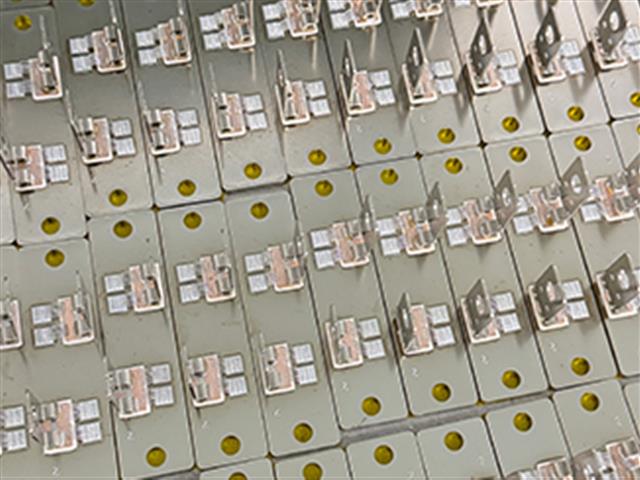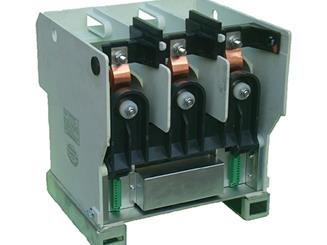How to use DC Current Shunt? A Comprehensive Guide on DC Shunt Resistor
A shunt is a low-resistance electrical component designed to measure significant currents, with the DC current shunt being the most prevalent type. This device features a precisely calibrated resistor connected in series with a load, enabling accurate current measurement by assessing the voltage drop it produces. Typically, the shunt’s resistance ranges from 0.01 ohms to 0.0001 ohms, generating a voltage drop of 50 mV to 100 mV at its rated amperage. DC current shunts are ideal for monitoring large currents in applications like motors, batteries, and solar panels, and they can also handle AC currents at low frequencies.
Key Insights on DC Current Shunts
In this guide, we’ll dive into the essentials of using DC current shunts effectively. Keep reading to enhance your knowledge!
Installation Guide for DC Current Shunts
Setting up a DC current shunt is straightforward but requires careful adherence to instructions for precise results. Begin by selecting a shunt rated for the anticipated current. Next, wire it in series with the load to be measured. Finally, attach the shunt-sensing leads to enable accurate voltage readings, ensuring a secure and correct connection.

How to Utilize DC Current Shunts
To operate a DC current shunt, connect a voltmeter to the sensing leads and measure the voltage drop across the shunt. Calculate the current using the formula:
Current (amps) = Voltage drop (millivolts) / Shunt resistance (milliohms).
For instance, a 50 millivolt drop across a 10 milliohm shunt indicates a 5-amp current. Proper usage ensures reliable DC current measurements, making shunts indispensable for electrical diagnostics.
Safety and Best Practices
Using DC current shunts safely is critical, as improper handling can lead to severe injury or fatality. Thorough research and consultation with professionals are recommended before use. If unsure, seek expert advice or refer to detailed resources to avoid risks.
Conclusion
DC current shunts are vital tools for accurate current measurement in various electrical systems. For those looking to purchase high-quality shunts, Riedon, a leading resistor manufacturer, offers a range of power resistors, precision resistors, surface mount resistors, high-temperature resistors, high-power resistors, and custom solutions. Contact us today to explore our products and get started on your project!

How to Choose Single-Phase or Three-Phase Thyristor Power Controllers: A Comprehensive Guide to Key Factors
Learn how to choose single-phase or three-phase thyristor power controllers. Explore key factors, applications, and benefits with Greegoo’s expert guide
Read More
Advantages of Low Voltage Drop DC Solid-State Relays - Heatsink is not required
Low voltage drop DC solid-state relays offer significant advantages in terms of efficiency, low heat generation, and high reliability, making them particularly suitable for applications requiring high efficiency and low energy consumption.
Read More
Compact medium voltage vacuum contactor, 12kV 400A.
Integrated molded frame structure of 12kv 400A vacuum contactor, compact design, saving your valued space of cabinet.
Read More
3 Phase Universal SCR Power Controller
Universal SCR power controller, three phase 25A to 2500A, single phase 10A to 800A, can fully replace brands such as Germany's AGE, Japan's RKC, Italy's CD, and brands from Europe, America, Japan, and Korea.
Read More














